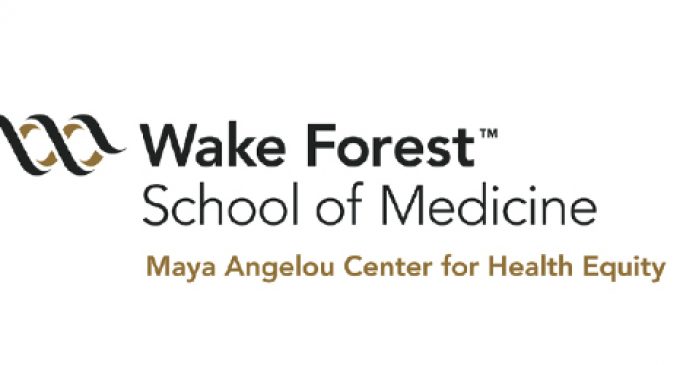Blacks and Breast Cancer

Breast Cancer continues to be one of the leading causes of death among women, particularly minority women, in the United States. It is estimated by the American Cancer Society (ACS) that more than 230,000 new cases of invasive breast cancer, and 64,000 new cases of in situ breast cancer will be diagnosed in 2013. Approximately 39,000 women will die from the disease this year. In North Carolina alone, it is estimated that 9,238 new cases of breast cancer will be diagnosed. Did you know that 25 percent of cancer diagnoses in African American women are for breast cancer? The ACS estimates that more than 27,000 cases of breast cancer will be diagnosed among African American women in 2013, and more than 6,000 African American women will die from the disease. This means one out of every 9 black women will be diagnosed with breast cancer at some point in their lives.
Although overall (for all women) the number of breast cancer deaths has gone down steadily in recent decades, African American women still have a significantly higher death rate from breast cancer compared to whites. Although less African American women are diagnosed with breast cancer [compared with white women], they are often diagnosed at later stages of the disease. This is partially due to differences in access to and use of early detection (mammograms) and treatment. However, research has also shown that African American women often have different types of breast cancers/tumors than white women, which often do not respond as well to traditional breast cancer treatment.
What causes
breast cancer?
Breast Cancer is the most common type of cancer diagnosed in women, but it is important to know that men can also suffer from breast cancer. Breast cancer is the uncontrolled growth of cells in the breast tissue. 80% of breast cancers arise from the mammary duct, while 20% arise in the milk producing lobules of the breast. Breast cancers are usually defined as invasive (started in the lobules/ducts of the breast but have invaded the surrounding tissue of the breast) or in situ (confined within the lobules/ducts). Specific causes of breast cancer remain unclear. Current efforts to understand the development of breast cancer include family history and genetic risk. These assessments can be used to help detect high-risk individuals.
What are the risks for breast cancer?
Because we do not know the precise causes of breast cancer, no one can tell who will develop it. However, a number of controllable and uncontrollable factors may increase the risk of developing breast cancer. Controllable risk factors include: use of oral contraceptives for five years or longer; never having children; having a first child after the age of 30; having more than one alcoholic drink per day; obesity and high fat diets; and decreased exercise. Recent studies have also indicated that use of combined estrogen and progesterone hormone replacement therapy is considered a controllable risk factor for breast cancer.
Uncontrollable risk factors include: advancing in age; family history of breast cancer; and having a first period before the age of 12.
Current screening
recommendations
The best chance for curing breast cancer is early detection and treatment. Current screening recommendations include mammography (a breast x-ray) every year starting at age 40; your healthcare provider should also complete a clinical breast exam at least every three years between ages 20-39 and yearly beginning at age 40. All women should perform monthly self breast examinations beginning at age 20.
Women who have had carcinoma in situ should have clinical breast examinations every 6-12 months and a mammogram every year. Women younger than age 25 years with BRCA-1/BRCA-2 mutations should have clinical breast examinations every year. However, mammography may not be necessary at this younger age. Women with BRCA-1/BRCA-2 mutations or with strong family histories of breast or ovarian cancer who are over age 25 years should have a clinical breast examination every 6-12 months and a mammography every year. The ACS also recommends using annual screening with Magnetic Resonance Imaging (MRI, a type of Xray) in addition to mammography for women at high risk.
Do you need further information, support or have questions or comments, about this article? Please visit http://www.cancer.org/ or call toll-free 1-800-227-2345. For information about the Maya Angelou Center for Health Equity, please visit: http://www.wakehealth.edu/MACHE.














